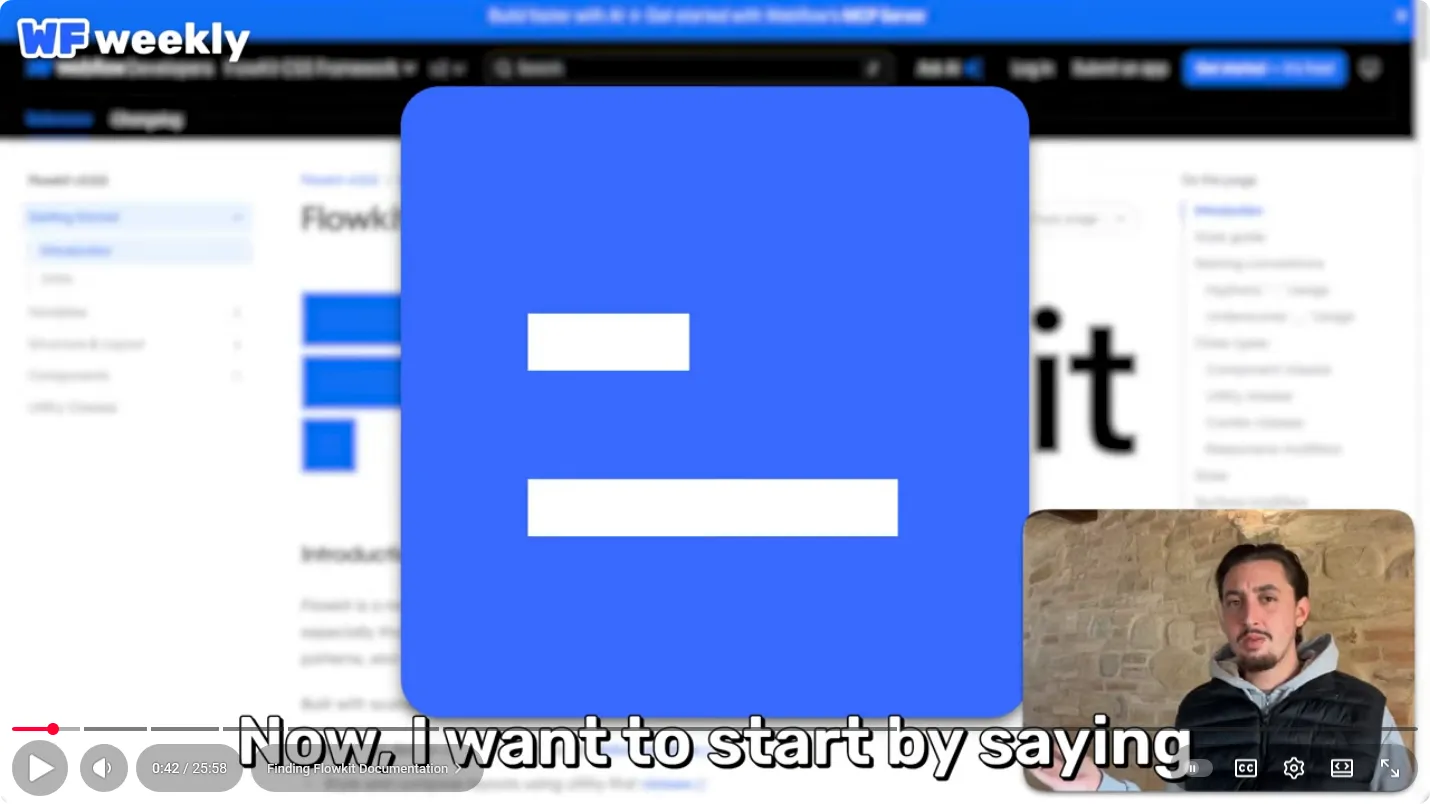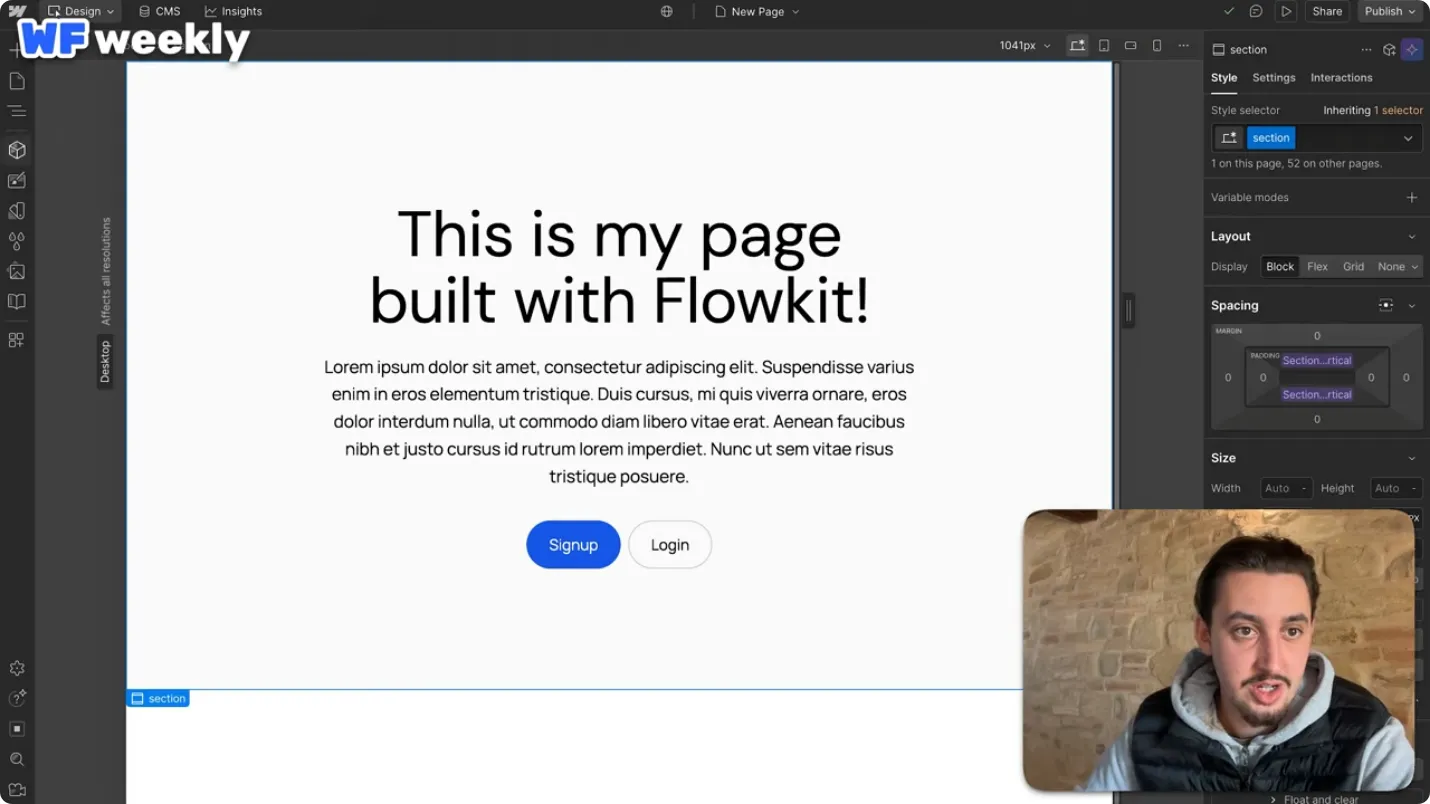TABLE OF CONTENTS
Julian Galluzzo & Duncan Hamra
What is Flowkit?:

Finding Flowkit Documentation:

Hyphens & Underscores in Flowkit:

Understanding Class Types:

Utility Classes & Responsive Variants:

Combo Classes & Modifiers:

Building a Hero Section with Flowkit:

Building a Tabs Section with Flowkit:

Flowkit vs. Client-First: Final Thoughts:

Over 200 free cloneable Webflow components. No sign up needed.
View Library
Add memberships to your React project in minutes.
Get started

.webp)







.png)